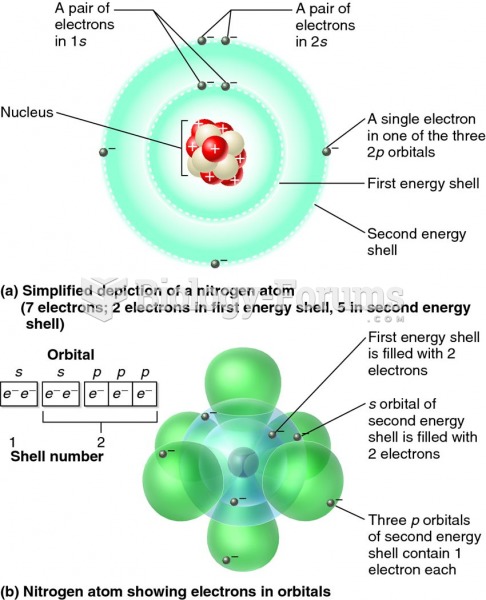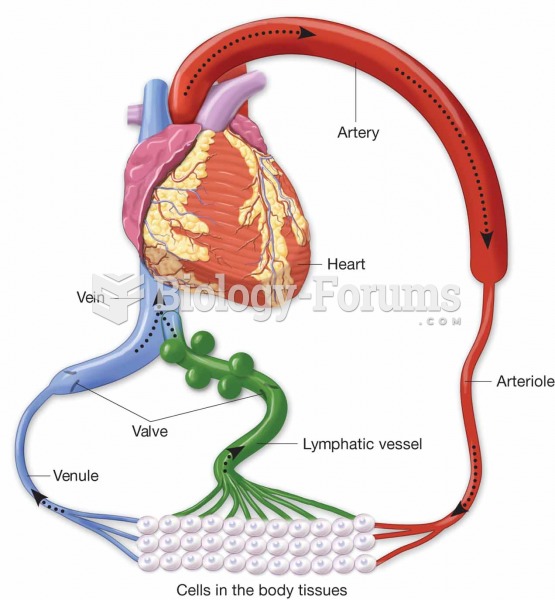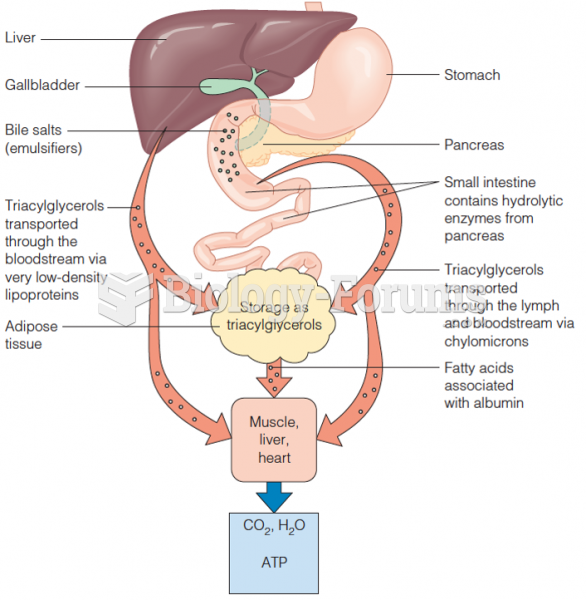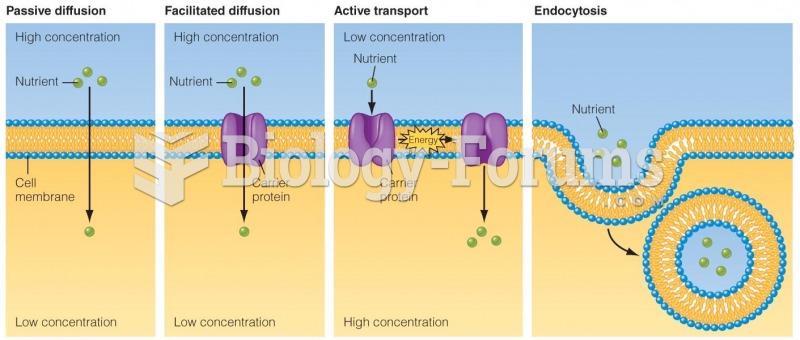|
|
|
To maintain good kidney function, you should drink at least 3 quarts of water daily. Water dilutes urine and helps prevent concentrations of salts and minerals that can lead to kidney stone formation. Chronic dehydration is a major contributor to the development of kidney stones.
In 1886, William Bates reported on the discovery of a substance produced by the adrenal gland that turned out to be epinephrine (adrenaline). In 1904, this drug was first artificially synthesized by Friedrich Stolz.
On average, someone in the United States has a stroke about every 40 seconds. This is about 795,000 people per year.
Bacteria have flourished on the earth for over three billion years. They were the first life forms on the planet.
Excessive alcohol use costs the country approximately $235 billion every year.







